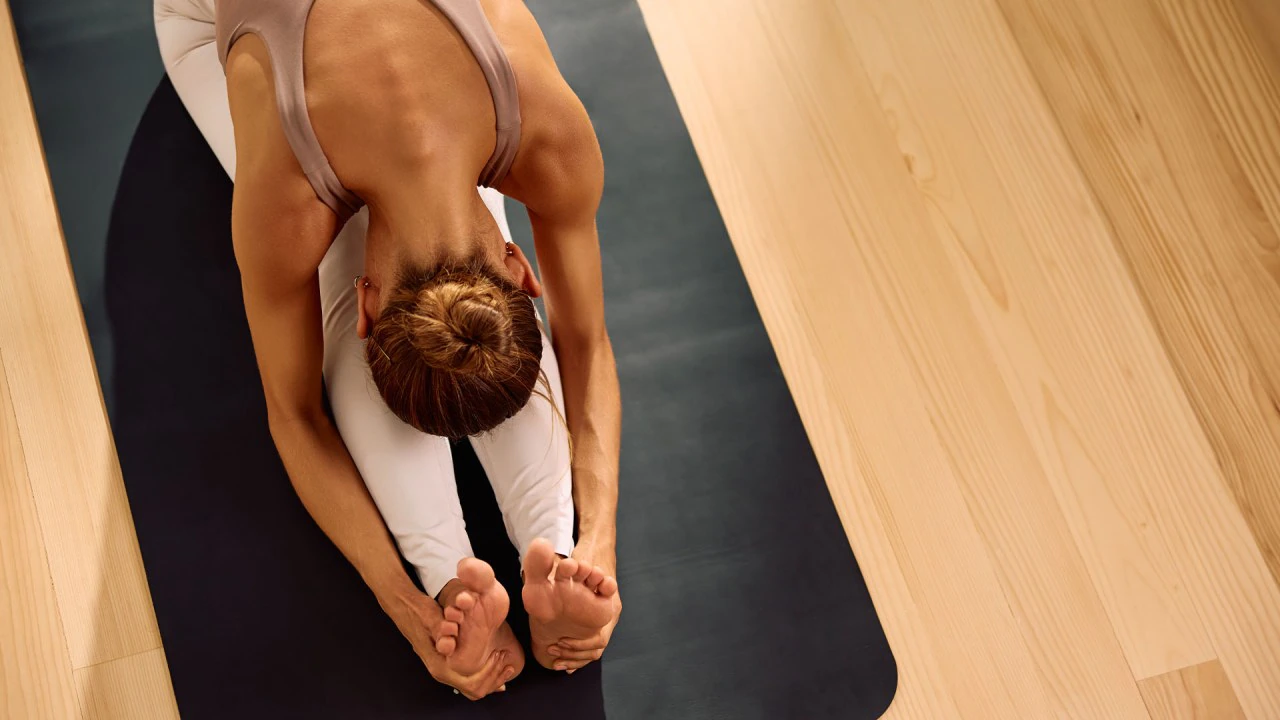
Infrared Pilates vs Traditional : Which One Wins?
Pilates Pila – Pilates has always been celebrated as a mind-body workout that strengthens, lengthens, and restores balance. Yet in 2025, a new contender has stepped into the spotlight Infrared Pilates. This practice combines traditional Pilates movements with the benefits of infrared heat therapy, promising faster results, deeper stretches, and a unique detox effect. But here lies the burning question that many fitness enthusiasts keep asking: infrared pilates vs traditional which one wins? The answer isn’t as simple as it seems, because both carry their own strengths and unique appeal.
To explore infrared pilates vs traditional which one wins, we first need to revisit the roots of the practice. Traditional Pilates was created to build core strength, improve flexibility, and promote alignment. It emphasizes controlled movements, precise breathing, and mindful concentration. Whether performed on a mat or using specialized equipment like the reformer, traditional Pilates is timeless for its ability to improve posture, rehabilitate injuries, and offer a sustainable workout for all ages. Its simplicity and effectiveness make it a trusted choice for decades. Yet, as fitness trends evolve, many people wonder if traditional alone is enough to meet modern demands.
On the other side of the debate, infrared pilates vs traditional which one wins, we see the rise of infrared technology merging with movement. Infrared Pilates classes are conducted in rooms heated with infrared lamps, designed to penetrate muscles and tissues more deeply than regular heat. Proponents claim this accelerates fat burning, increases circulation, and enhances detoxification. Imagine performing Pilates while your body sweats more efficiently, muscles feel more pliable, and recovery time shortens. This futuristic twist on the practice is gaining global traction, and many enthusiasts believe it could redefine Pilates for the next generation.
So, when it comes to infrared pilates vs traditional which one wins, how do the benefits actually stack up? Traditional Pilates excels in building long-term strength, balance, and mindful movement. It remains one of the most adaptable and safe exercises for beginners and advanced practitioners alike. Infrared Pilates, however, adds intensity, promising faster calorie burn and an enhanced sweat detox. Some participants report feeling energized and lighter after a session, as though they have undergone a deep cleanse. Still, while the benefits sound appealing, the experience might not suit everyone, especially those sensitive to heat.
Another angle in the debate of infrared pilates vs traditional which one wins lies in accessibility. Traditional Pilates is available almost everywhere—gyms, studios, and even online at-home sessions. It requires minimal setup, making it easy to practice daily without major adjustments. Infrared Pilates, in contrast, demands specialized studios equipped with infrared heating systems, which limits availability and often comes with higher class prices. For many, accessibility alone could make traditional Pilates the winner. But for those who enjoy boutique fitness experiences, the exclusivity of infrared might add to its charm.
The scientific perspective also influences the conversation on infrared pilates vs traditional which one wins. Studies on infrared heat therapy highlight potential benefits for circulation, pain relief, and muscle recovery. However, critics argue that these benefits are not exclusive to Pilates and can be achieved through other methods. Traditional Pilates, backed by decades of research in rehabilitation and fitness, has a proven track record. Infrared Pilates may indeed enhance certain outcomes, but its scientific validation is still developing. This makes the battle less about hard facts and more about personal preference and lifestyle goals.
Ultimately, the choice between infrared pilates vs traditional which one wins depends on your personal goals and lifestyle. If you want a reliable, sustainable routine that you can practice anytime and anywhere, traditional Pilates is unbeatable. It is accessible, beginner-friendly, and effective over the long term. But if you crave novelty, extra challenge, and the sense of pushing boundaries, infrared Pilates offers an exciting twist. For some, alternating between the two might provide the best of both worlds, balancing tradition with innovation.
As we look forward, the debate around infrared pilates vs traditional which one wins may continue, but the future could hold a blend of both. Studios may increasingly offer hybrid options where traditional methods are fused with technology to create diverse experiences. Just like yoga evolved into hot yoga and power yoga, Pilates is now branching into new frontiers. For practitioners, this means more choice and more ways to keep the practice engaging. What truly matters is consistency, enjoyment, and the ability to make Pilates a long-term companion in your wellness journey.